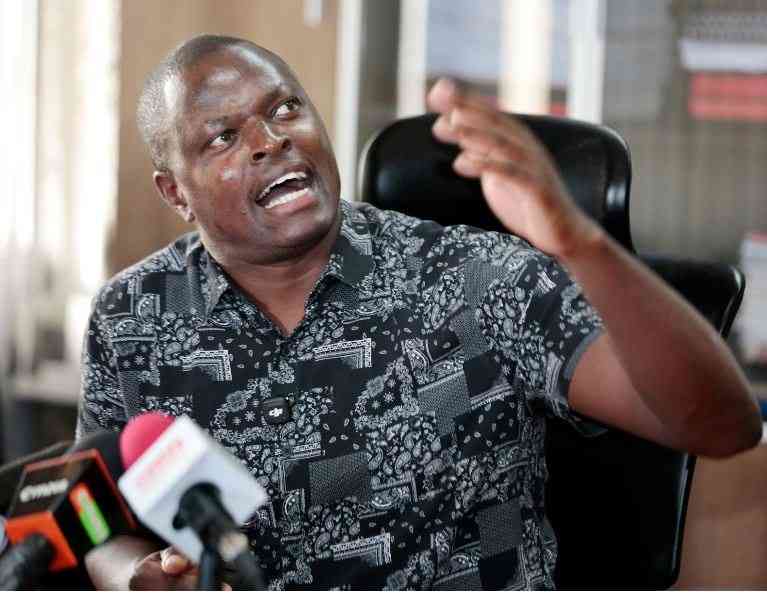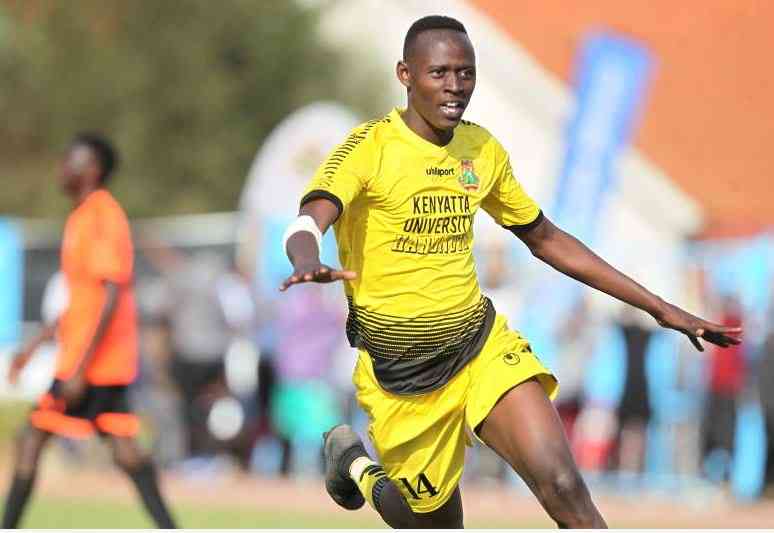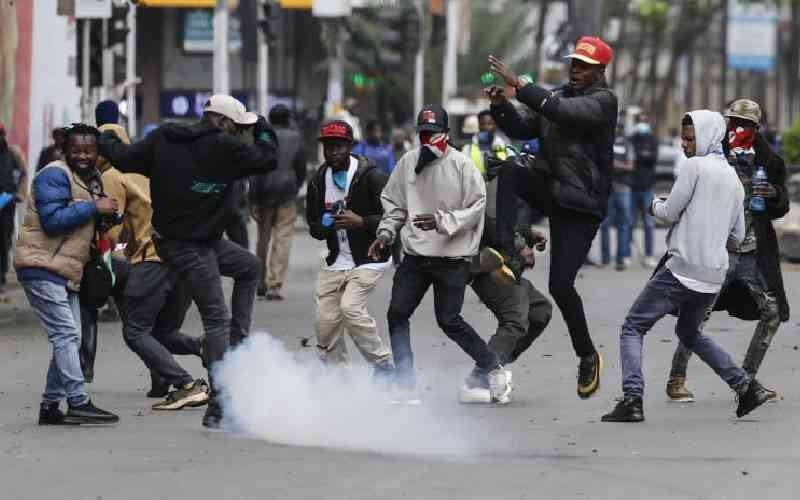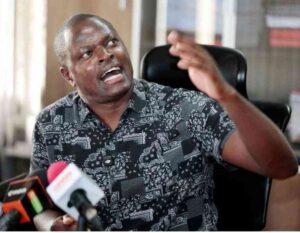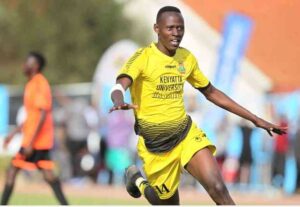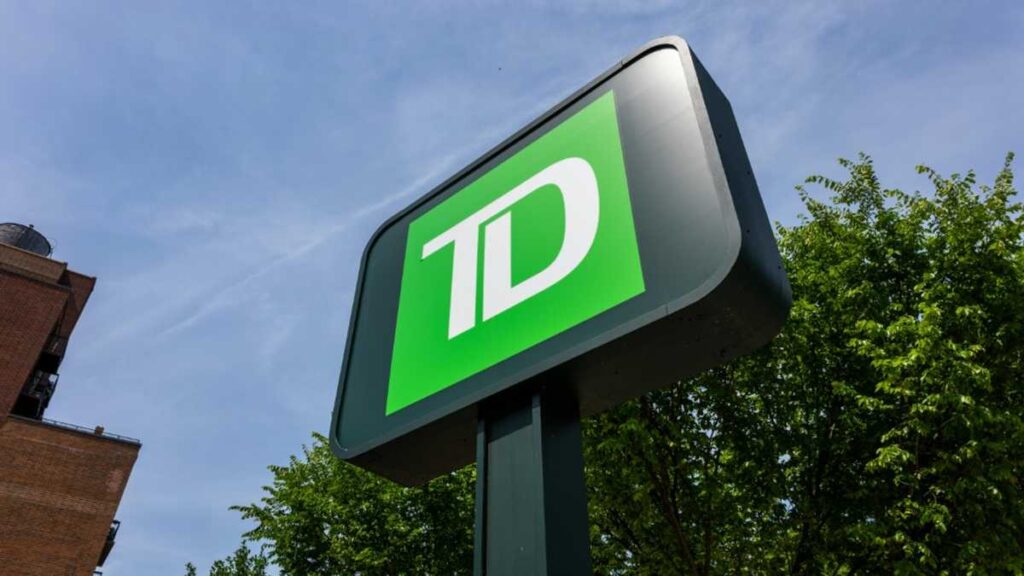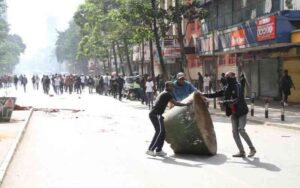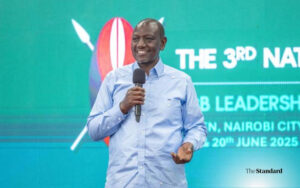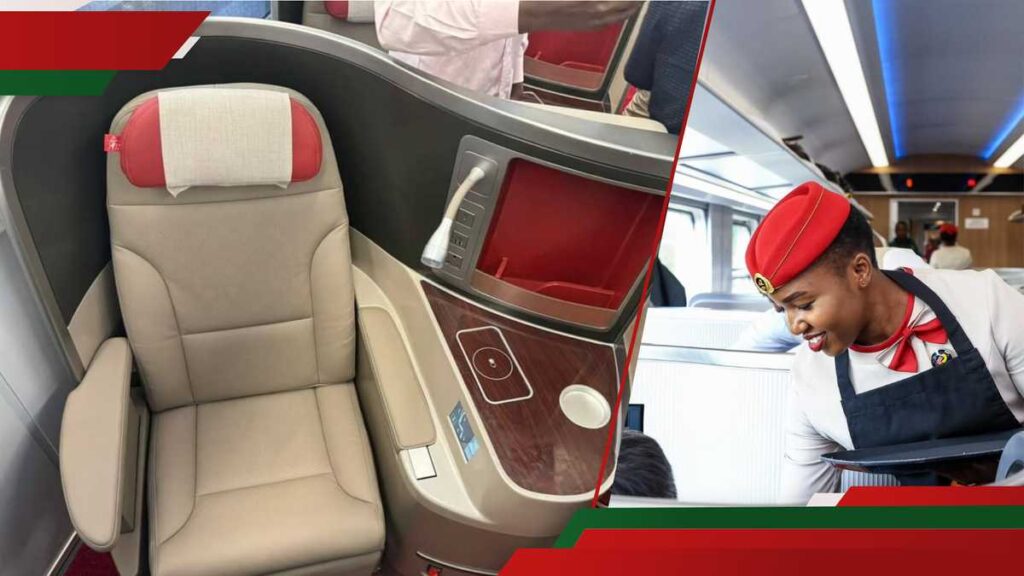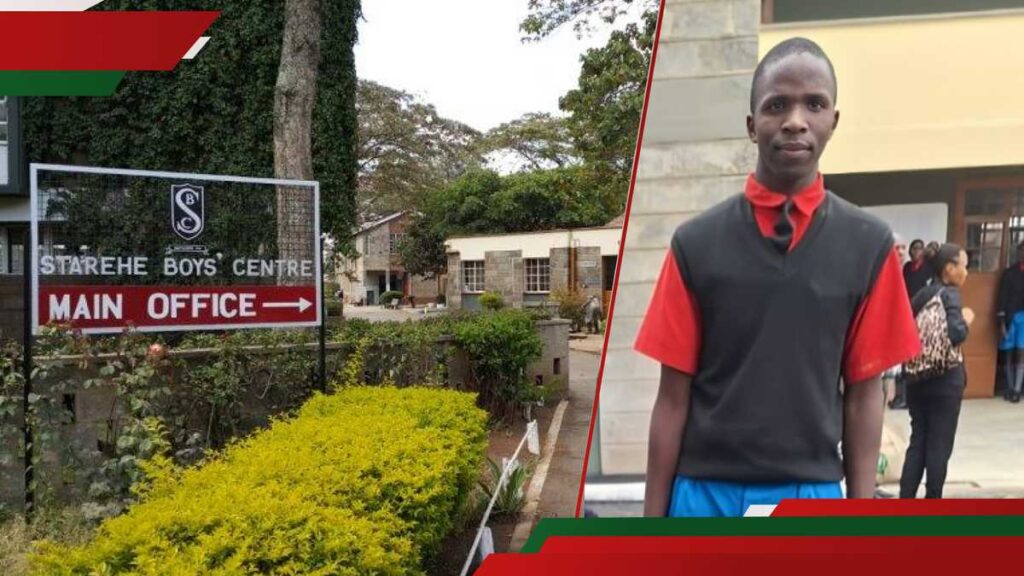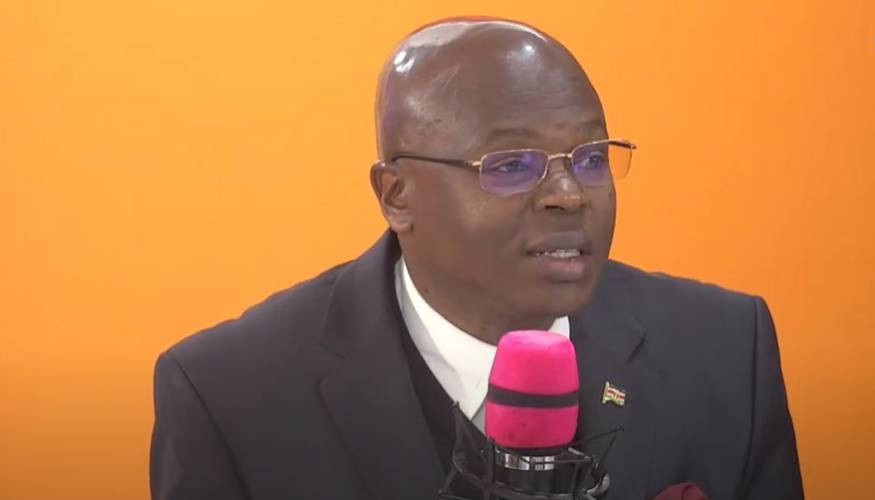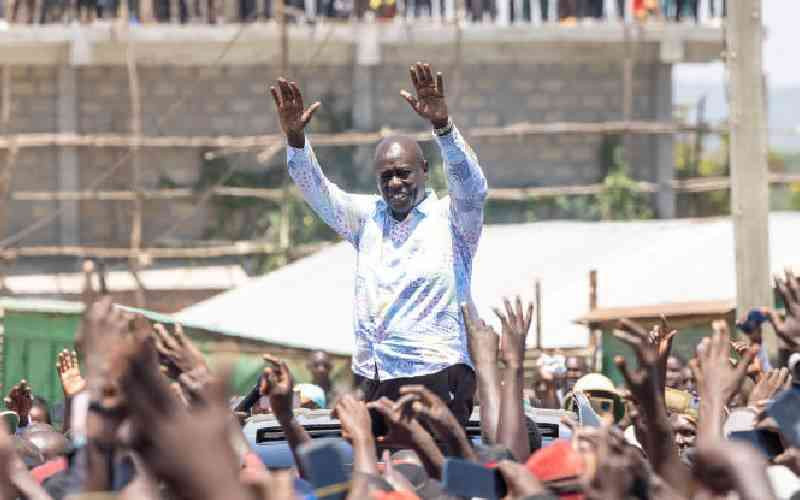On June 18, 2024, a spark was lit.
What began as a cry against the 2024 proposed Finance Bill quickly erupted into a historic moment of defiance.
Young Kenyans, mobilised by nothing but a hashtag and driven by collective fury, poured into the streets in protest. For the first time, Gen Z, a group often dismissed as apathetic, found its voice, one that echoed across the country and throughout social media.
In the days that followed, the protests would alter Kenya’s political tone. By June 25, just a week later, the youth breached Parliament, people were killed and hundreds were arrested.
President William Ruto, under mounting pressure, made a rare move, joining an X Space to speak directly with Kenyans. The moment was seen by many as both brave and desperate. Hours later, he withdrew the Finance Bill and dismissed nearly his entire Cabinet, promising a fresh start.
Today, exactly one year later, the streets are calling once again.
In several parts of the country, including Nairobi, Kisumu, Mombasa, Nakuru, and beyond, protesters are marking June 25 with a potent mix of memory and momentum.
Many are calling today’s demonstrations a commemoration, with hashtags like #Justice4OurMashujaa and #NeverForgetKE trending across social platforms.
Others are reigniting calls for accountability and leadership change, with #RutoMustGo gaining traction, a chant that has commonly echoed since last year.
The grievances remain: a struggling economy, runaway corruption, police brutality, and a widening disconnect between the government and the citizenry.
But this time, there’s a greater sense of coordination. Protest schedules have been shared widely online. Legal teams are on standby, and medical volunteers have stocked up on supplies.
As of 8:30 am, crowds had already started gathering within Nairobi CBD and in Mombasa.
Police presence is heavy in some areas, with roadblocks mounted and Parliament among several key locations under tight security.
In Nairobi, protesters are expected to assemble at the Kenyatta Avenue roundabout and march through Moi Avenue, City Hall Way, and Harambee Avenue, ending at Parliament and the Office of the President.
Stay informed. Subscribe to our newsletter
In Kisumu, demonstrators will begin their march at Jomo Kenyatta Sports Ground, moving through Oginga Odinga Street to Kondele Roundabout, where a vigil will be held in memory of victims like Ojwang and Karioki.
Activities in Mombasa kicked off at some minutes to 9 am, with a memorial at the ACK Memorial Church on Nkurumah Road expected to be conducted. Protesters are then expected to march through Moi Avenue, Mwembe Tayari, and 77, ending at the County Commissioner’s Office, where Muslim human rights groups plan to deliver a symbolic petition.
The coordinated timeline includes early morning memorials, digital poster campaigns, and countrywide marches. Petition deliveries, symbolic silences, and candlelight vigils are also expected to continue into the evening in several towns. One year later, the anger still burns, but so does the resolve.


